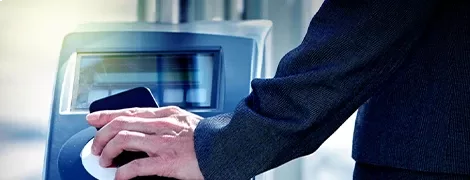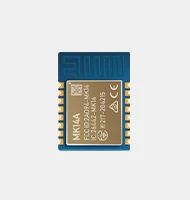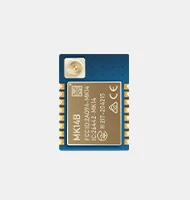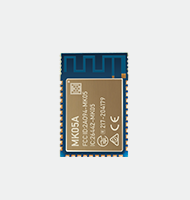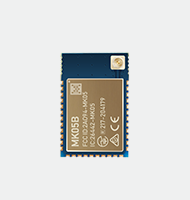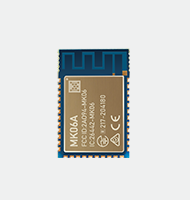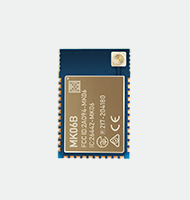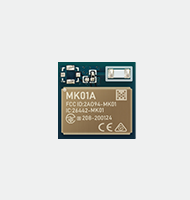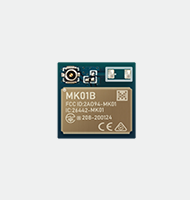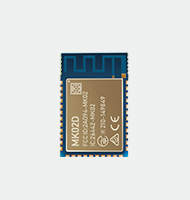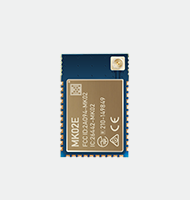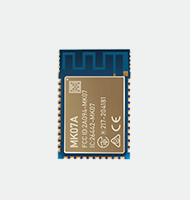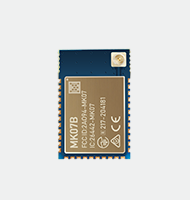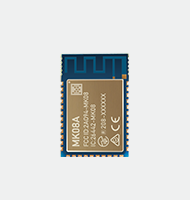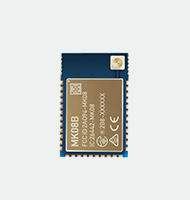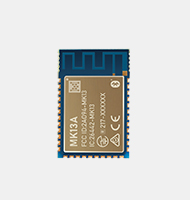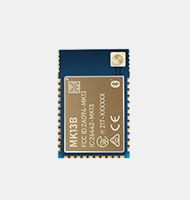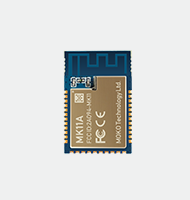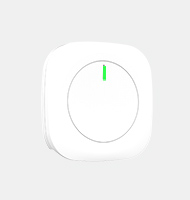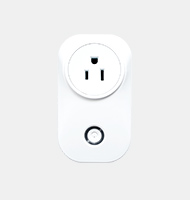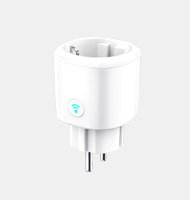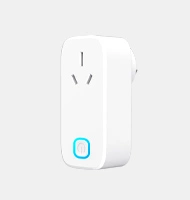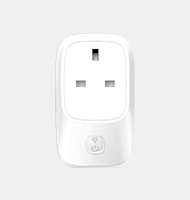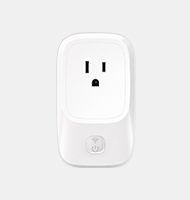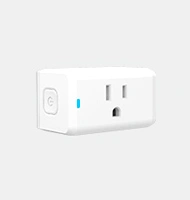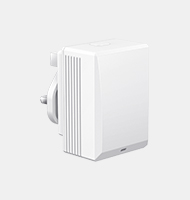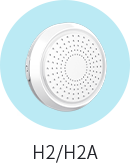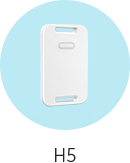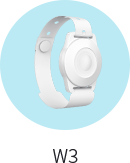Beacons in Healthcare
Hospitals always need to have vital information about their patients and medical staff at the right time, and when the data are urgently requested based on the circumstances. This way, efficiency will be guaranteed. Bluetooth beacon is empowered to serve this purpose. With the help of geo-location, health records are provided to the right places and at the right time.Bluetooth Beacons are a group of wireless Bluetooth Low Energy systems. They send out their detected signals to the closest smartphones with automated properties. Bluetooth Beacons allow mobile phones and similar gadgets to carry out activities within their vicinity.Moko Technology offers varieties of Bluetooth Beacons, customized premium products and services, modules, and gateways.
PERSONALIZATION
Beacons utilize the phone records and the latest health status of both the patients as well as health practitioners to create a thorough modification of the health status of the concerned person. This solidifies interactions that are more personal and timely.
Moko offers customized Bluetooth Beacon with laser coatings, labels, silkscreen for excellent customer security, and satisfaction.
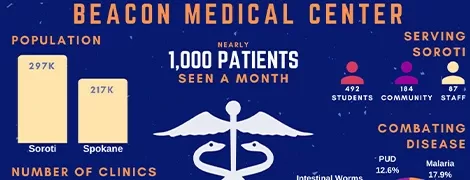
HOSPITAL OPERATIONS ARE SIMPLIFIED
The world is evolving with digitized means of communication and responsibility-sharing. Hospitals can use beacons to program internal affairs by sending each staff’s tasks and urgent matters directly to their phones. These alerts will show them their next assignments, as long as they are within the health facility’s vicinity.
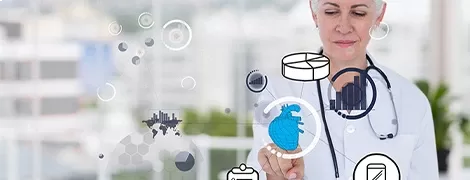
DIRECT ACCESS TO PATIENTS’ HEALTH INFORMATION
While doctors are administering treatments, they can get spontaneous warnings from beacons on probable medical records and challenges, including health disorders, blood class, side-effects to specific drugs, and contacts to each patient, in case of emergencies.
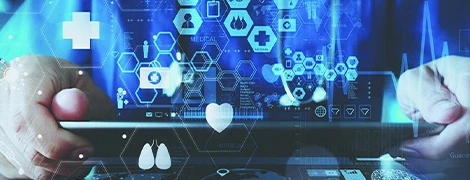
RETARGETING ADS
Bluetooth Beacon technology enables service-providers to contact patients, whether during their visits or after check-out. Fixing beacons into hospitals or clinics advances business’ visibility. When health care agency or hospital browse through the visitors’ history from their search ads, beacon will show the major effects of the search.
Retargeting is the process of broadcasting a campaign message to one device when patients find out about a hospital or website. The visitors would choose the hospital or health care stores that suits them best. In this case, the desired products and services can be marked for purchase when the potential clients use their PC cursors or mobile phone to pin them down.
Data gathered from reports on proximity in health care are resourceful to retarget and attract people to return. Retargeting proximity involves using Bluetooth beacons to broadcast signals through smartphone apps. In retargeting, campaigns on health information can be created using beacon.
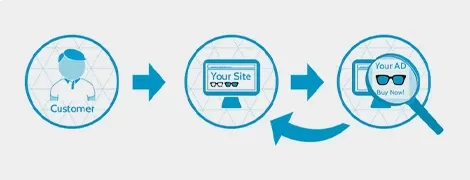
PATIENT AND ASSET TRACKING
Tracking patients may be difficult. However, Bluetooth beacons help to reduce the stress of carrying out this task. All that is required is for the health center to identify apps that support beacons, then match the technology with the compatible apps.
The apps are then harmonized to accessories that are worn on bodies, a wristband for example. This way, the two-way system of communication is achieved, patients are guided, and gathering data for health purposes becomes hitch-free.
Records are recovered with ease when beacons are used. Beacons help health providers to access patients’ health records and the currently prescribed medications, as well as communications between the patients and the center.
When Bluetooth Beacon transmits data, it can be set up. Patients are tagged with personalized numbers, while the hospital installs a gateway for data scanning after Bluetooth Beacon has broadcast it. Hospital data that are processed by beacon are subjected to scanning with the use of a gateway. Afterward, the results are matched with the corresponding personalized code of a staff. This is aimed at knowing who is situated at a specific place and time. Storing and recovering data of every health worker under the roof of the hospital becomes possible.
Beacons are helpful when keeping track of hospital equipment when an asset tracking technology is activated. All tools will be intact and wastage or misplacements are avoided. Beacons also collect enormous data of clients, making it easier to comprehend patients’ behaviors. Asset tracking systems also work with other related apps, such as NFC, QR, code and RFID.
IN-DOOR NAVIGATION SYSTEMS
In terms of geographical navigation, Bluetooth Beacons enhance mapping and direction-finding from indoor perspectives. Constructions of multi-faceted hospitals and healthcare centers continue to expand on a daily basis, increasing the need for beacon technology in the sector, while expenses on signposts and boards are minimized.
Indoor navigation systems depend on certain key factors for smooth operation:
Background dynamic positioning, smartphones collecting signals from beacon transmission, and sending it to the location system.
Indoor navigation mixes data gathered from several points for estimation and evaluation of where a visitor is located.
The process of inserting data includes:
Broadcasts from sensors installed in a smartphone, such as gyroscope and accelerometer.
Signals are sent out through a transmitting source, eg, Bluetooth beacons and Wi-Fi.
The maps for the health center that covers details such as elevators, staircases, passages, and walls.

ADVANCED DATA AND ANALYTICS
The process of collecting data that are linked to a patient’s medical history is made easier once beacon services are put to use. Beacon gathers a variety of data, including usage statistics and physiological information. These are relevant to the patients, such as choices, feelings, and circumstances they find themselves in. Users also receive updates on endorsed prescriptions and procurements.
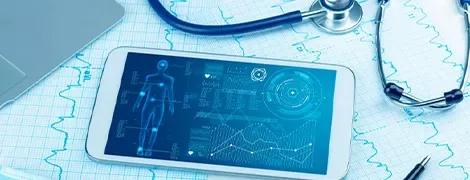
ACCESS TO TIPS, RECOMMENDATIONS, AND RESPONSES
Beacon has revolutionized the means of broadcasting information within health centers. In the past, wellness boards conveyed messages to the concerned person. However, print media now have less work to do because of how organizations have shifted away from using them.
Young visitors within the age bracket of 16 to 44 years, who visit hospitals, relate more with digital information due to the 21st century technological advancement. Digitizing information is more appealing to people through Bluetooth Beacon technology.

CREATE BRAND CAMPAIGNS
Going by good track-records, brand awareness and campaigns are advanced. Users can select the best choices based on accurate information obtained from reliable sources. The digital age brings information closer to the people, such as health recommendations. Patients depend on this information to pick what is good for them. Marketers in the health sector now have better chances to draw customers to the best centers closest to them.
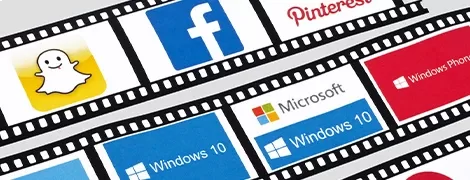
DIGITIZED ACCESS CONTROL
Automation setup is made simpler when Bluetooth Beacons are used for improved accessibility. Managers overseeing departments in hospitals can create entry points for specific health providers and the workforce. The benefits of this system include keeping tabs on scheduling and proper management of individual identities.
